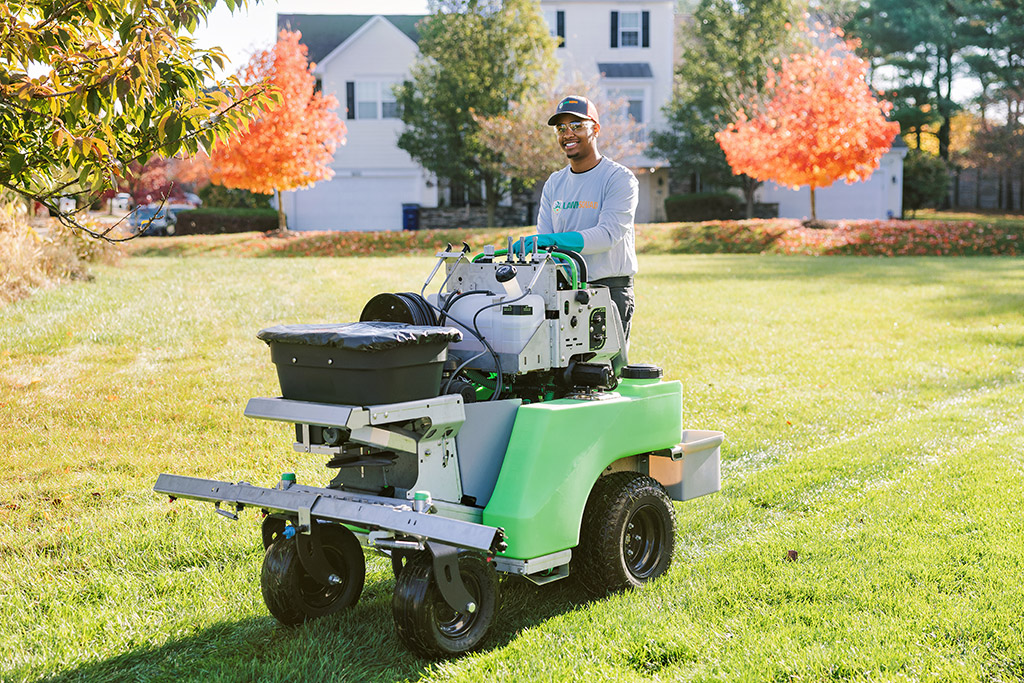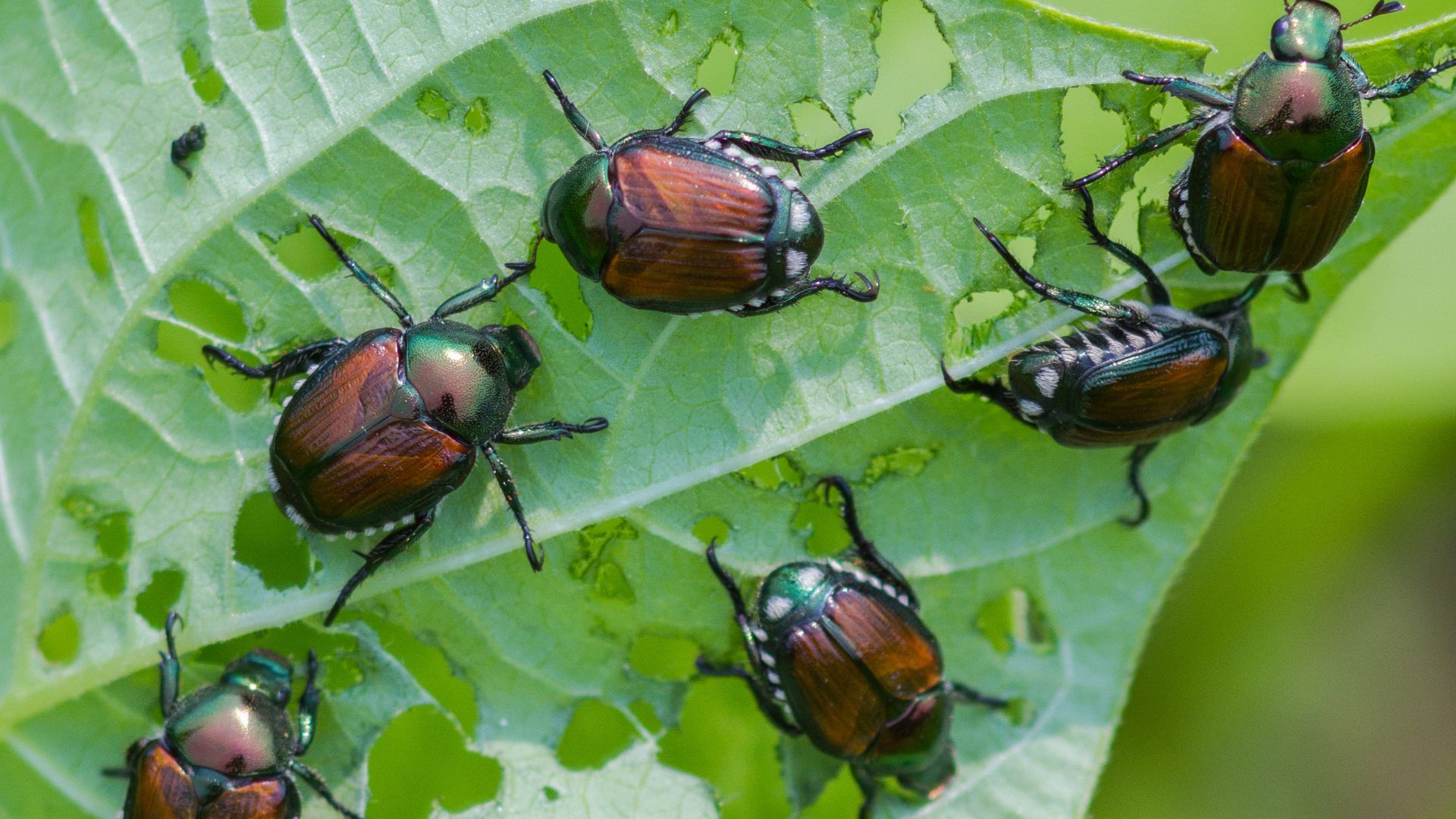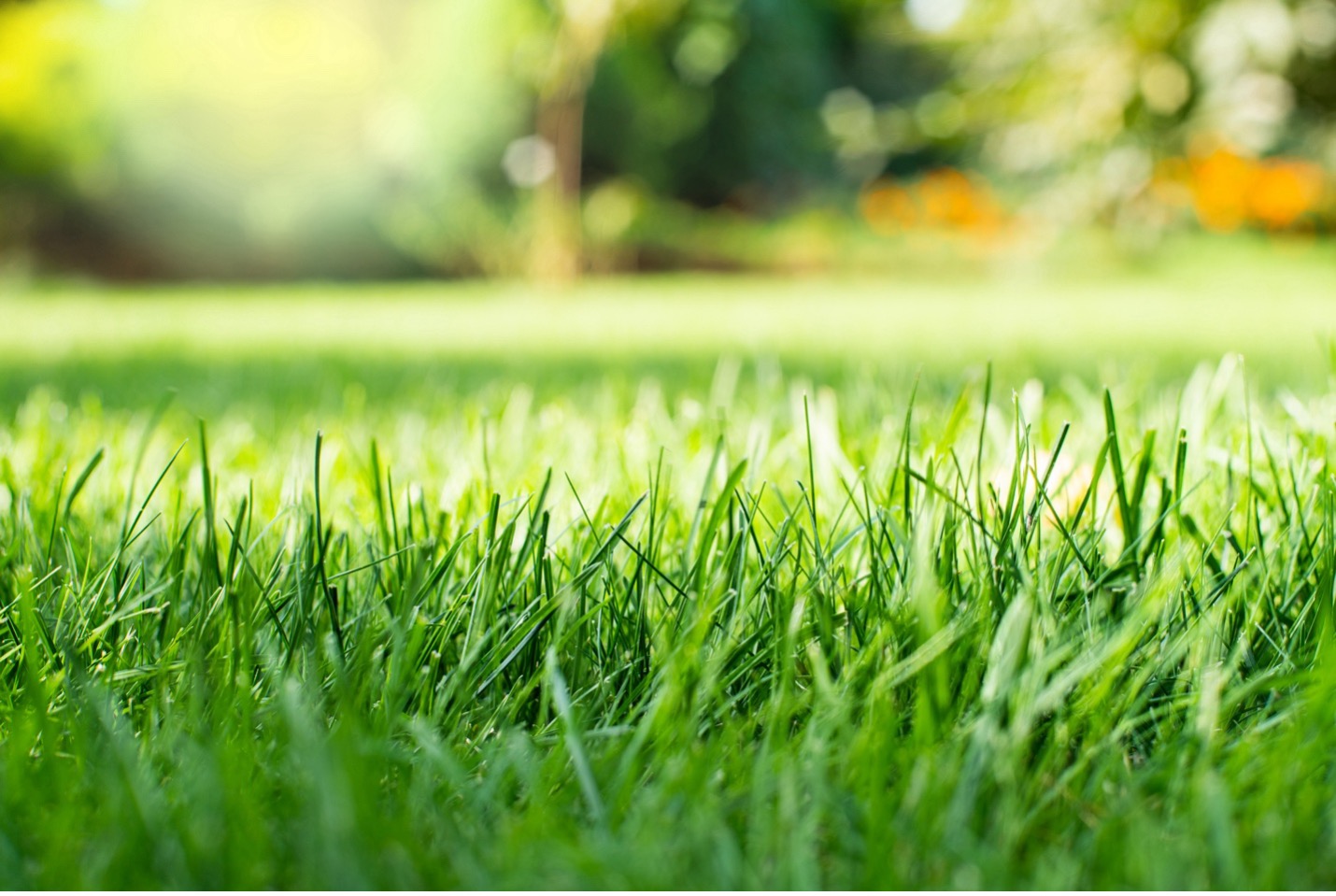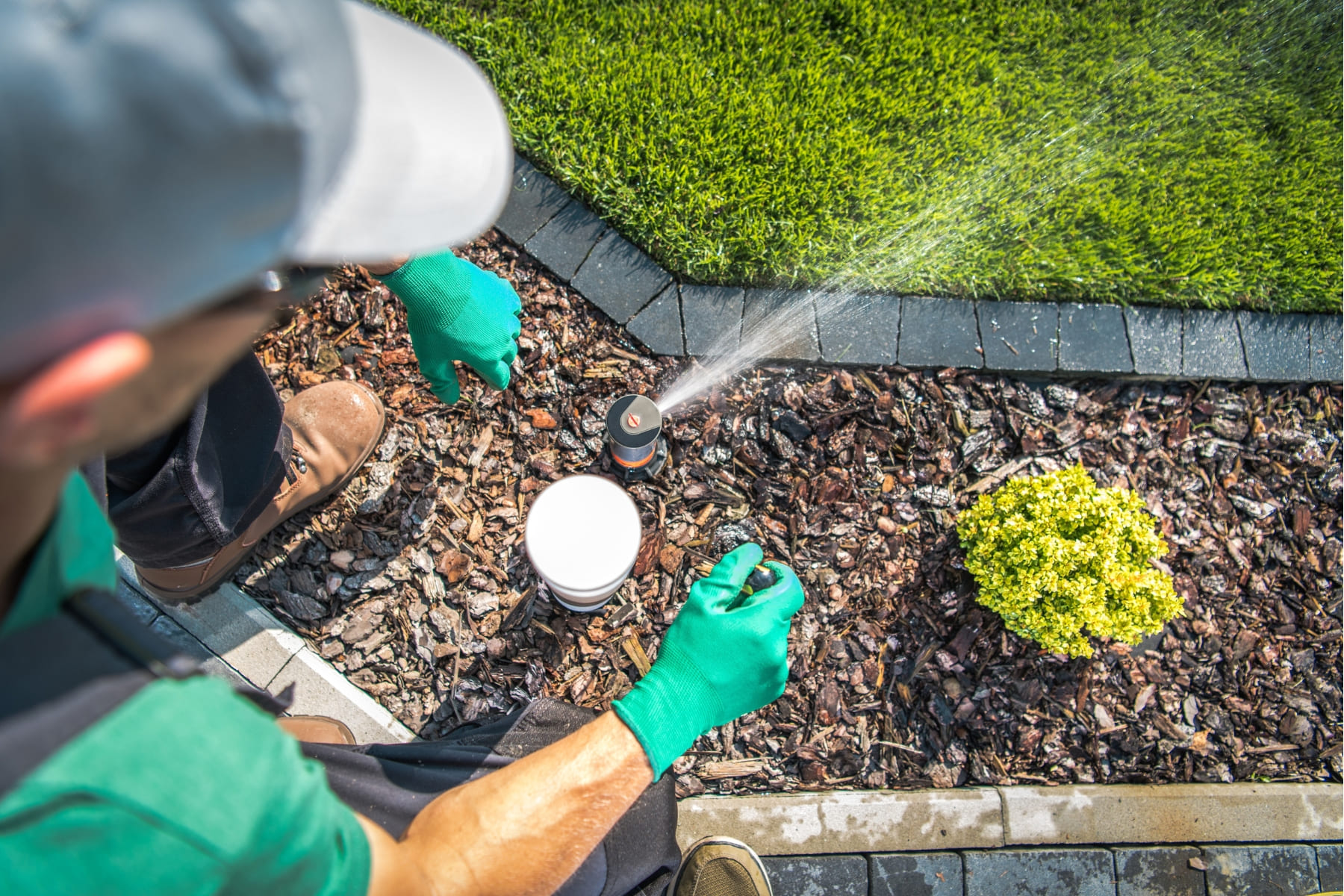Alexandria, KY 41001, USA
Burlington, KY 41005, USA
California, KY 41007, USA
Camp Dennison, OH 45111, USA
Cincinnati, OH 45206, USA
Cincinnati, OH 45207, USA
Cincinnati, OH 45208, USA
Cincinnati, OH 45209, USA
Cincinnati, OH 45212, USA
Cincinnati, OH 45213, USA
Cincinnati, OH 45215, USA
Cincinnati, OH 45216, USA
Cincinnati, OH 45217, USA
Cincinnati, OH 45218, USA
Cincinnati, OH 45224, USA
Cincinnati, OH 45226, USA
Cincinnati, OH 45227, USA
Cincinnati, OH 45229, USA
Cincinnati, OH 45230, USA
Cincinnati, OH 45231, USA
Cincinnati, OH 45232, USA
Cincinnati, OH 45235, USA
Cincinnati, OH 45236, USA
Cincinnati, OH 45237, USA
Cincinnati, OH 45240, USA
Cincinnati, OH 45241, USA
Cincinnati, OH 45242, USA
Cincinnati, OH 45243, USA
Cincinnati, OH 45244, USA
Cincinnati, OH 45246, USA
Cincinnati, OH 45249, USA
Cincinnati, OH 45251, USA
Cincinnati, OH 45252, USA
Cincinnati, OH 45253, USA
Cincinnati, OH 45254, USA
Cincinnati, OH 45255, USA
Cincinnati, OH 45262, USA
Cincinnati, OH 45275, USA
Crittenden, KY 41030, USA
Fort Thomas, KY 41075, USA
Fort Mitchell, KY 41017, USA
Independence, KY 41051, USA
Maineville, OH 45039, USA
Miamiville, OH 45147, USA
Morning View, KY 41063, USA
Petersburg, KY 41080, USA
Silver Grove, KY 41085, USA
Terrace Park, OH 45174, USA
West Chester, OH 45069, USA
West Chester, OH 45071, USA









